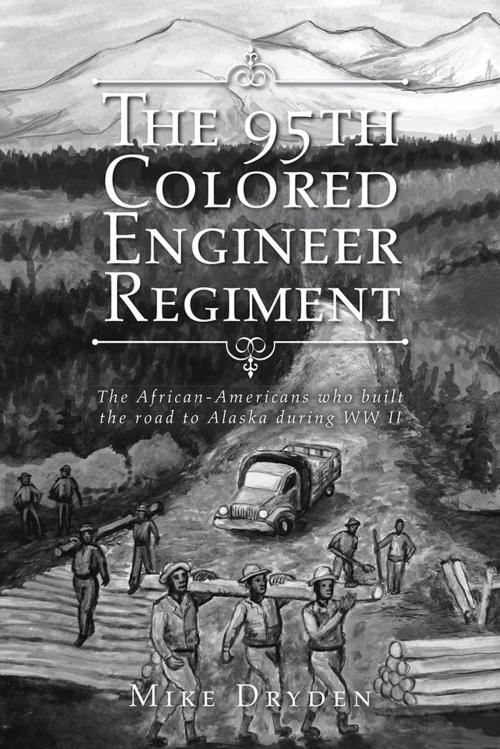The 95Th Colored Engineer Regiment
The African-Americans Who Built the Road to Alaska During Ww Ii
Fiction & Literature, Historical, Romance| Author: | Mike Dryden | ISBN: | 9781524627911 |
| Publisher: | AuthorHouse | Publication: | September 6, 2016 |
| Imprint: | AuthorHouse | Language: | English |
| Author: | Mike Dryden |
| ISBN: | 9781524627911 |
| Publisher: | AuthorHouse |
| Publication: | September 6, 2016 |
| Imprint: | AuthorHouse |
| Language: | English |
The 95th Colored Engineer Regiment is a fictional account of a little-known historical fact; a third of the 10,000 plus US Army troops who built the Alaska-Canada Highway, also known as the Alcan, during WW II were African-Americans from the South. The bombing of Pearl Harbor on December 7, 1941, set in motion a project to connect the territory of Alaska to the lower 48 states. The project had been on the drawing board for many years but had been on hold over budget concerns and the route. All of those issues became mute on December 7, 1941. The War Department ordered the Army to begin a road construction project from Dawson Creek, BC Canada to Fairbanks, Alaska. The project began in early 1942 when over 10,000 troops arrived in various locations to commence the 1500 mile road project. A little-known fact is that over a third of the workforce were African-Americans from the rural South. These former tenant farmers would demonstrate to the War Department they could use construction equipment, supervise the workforce and on one important project, the Sikanna Chief River Bridge, outperform the white units. The three Colored Regiments despite having been issued all the hand-me-downs from the white regiments, the worst sections of roads to be built and the least amount of support from the Alaskan Command, performed beyond expectations. The Colored Engineer Regiments were commanded by white officers, and NCOs and exposed to the same racial discrimination they had to endure in the South. But through hard work and dedication, these young men impressed the military leaders. Some historians believe the work of the Colored Engineer Regiments, the Tuskegee Airmen and the 761st Tank Regiment (Black Panthers) were the beginning of the drive to desegregate the Armed Forces by President Harry Truman in 1948.
The 95th Colored Engineer Regiment is a fictional account of a little-known historical fact; a third of the 10,000 plus US Army troops who built the Alaska-Canada Highway, also known as the Alcan, during WW II were African-Americans from the South. The bombing of Pearl Harbor on December 7, 1941, set in motion a project to connect the territory of Alaska to the lower 48 states. The project had been on the drawing board for many years but had been on hold over budget concerns and the route. All of those issues became mute on December 7, 1941. The War Department ordered the Army to begin a road construction project from Dawson Creek, BC Canada to Fairbanks, Alaska. The project began in early 1942 when over 10,000 troops arrived in various locations to commence the 1500 mile road project. A little-known fact is that over a third of the workforce were African-Americans from the rural South. These former tenant farmers would demonstrate to the War Department they could use construction equipment, supervise the workforce and on one important project, the Sikanna Chief River Bridge, outperform the white units. The three Colored Regiments despite having been issued all the hand-me-downs from the white regiments, the worst sections of roads to be built and the least amount of support from the Alaskan Command, performed beyond expectations. The Colored Engineer Regiments were commanded by white officers, and NCOs and exposed to the same racial discrimination they had to endure in the South. But through hard work and dedication, these young men impressed the military leaders. Some historians believe the work of the Colored Engineer Regiments, the Tuskegee Airmen and the 761st Tank Regiment (Black Panthers) were the beginning of the drive to desegregate the Armed Forces by President Harry Truman in 1948.















